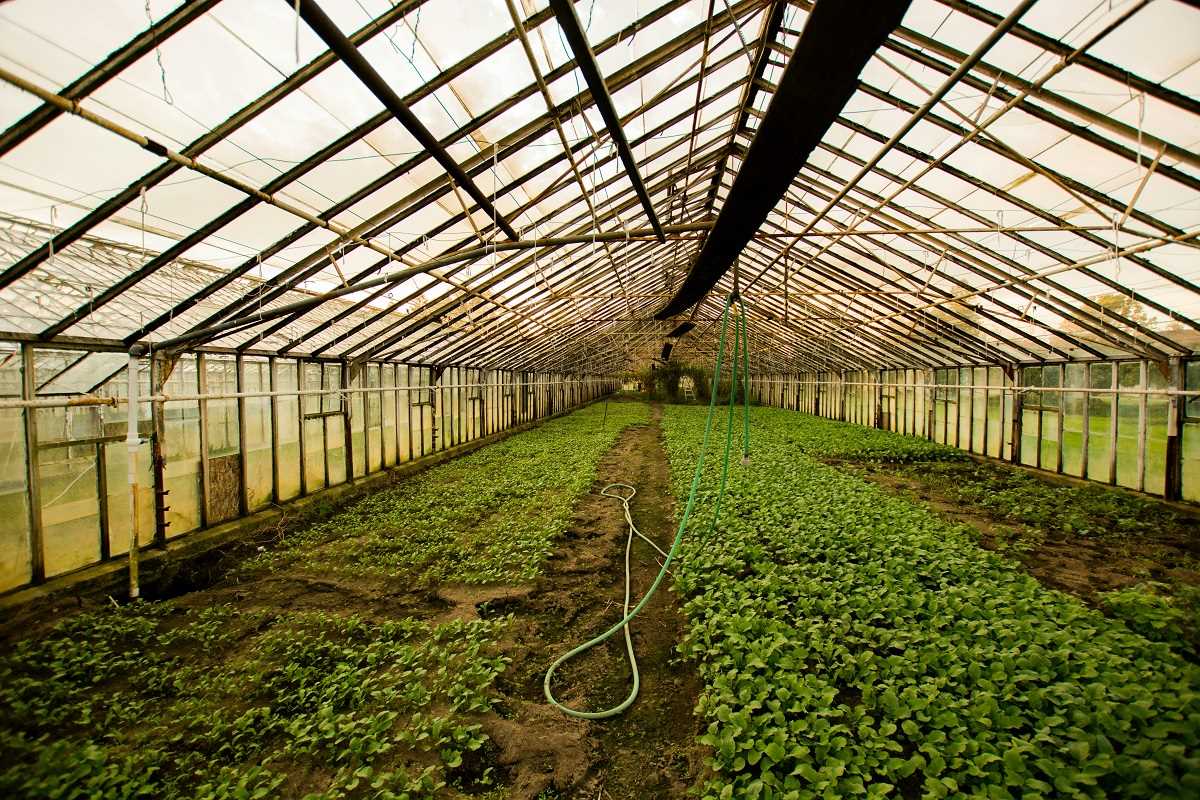The world of horticulture and gardening offers a unique blend of opportunities that combine creativity, science, and nature. From designing stunning outdoor spaces to cultivating plants for food and research, this field encompasses a wide range of career paths. For individuals passionate about working with plants and the environment, horticulture offers not only professional fulfillment but also the chance to contribute to sustainability and community well-being. Let's explore the key career opportunities, skills, challenges, and resources to set you on the path to success in horticulture and gardening.
Career Paths in Horticulture and Gardening
Horticulture is a diverse field with roles that cater to a wide array of interests. Here are some popular career paths:
- Landscape Designers and Architects: Landscape designers and architects focus on creating functional and visually appealing outdoor spaces, whether for residential gardens, public parks, or commercial properties. This career requires both technical knowledge of plants and soil and a sense of artistic design. Projects may involve selecting suitable plants, planning irrigation systems, and ensuring the sustainability of the landscape.
- Greenhouse Management: Greenhouse managers oversee the cultivation of plants in controlled environments. They may work for nurseries, botanical gardens, or research facilities, ensuring optimum conditions for plant growth. Responsibilities include monitoring temperature, humidity, and light levels, pest control, and supervising staff.
- Urban Farming and Hydroponics: Urban farming is a growing trend that provides fresh, locally sourced produce to city dwellers. Careers in this area may involve hydroponic farming, which uses soilless systems to grow plants indoors, or rooftop gardening to maximize unused urban space. These roles often merge horticultural knowledge with entrepreneurial skills.
- Arborists: Specializing in the care and management of trees, arborists assess tree health, perform pruning and removal, and recommend solutions to prevent pest infestations or diseases. Their work is critical for maintaining urban trees and larger landscapes.
- Horticultural Therapy: This unique career path involves using plants and gardening activities to improve the physical and mental well-being of individuals. Therapeutic horticulture programs are often implemented in schools, healthcare facilities, and senior living homes.
- Floriculture and Retail: Floriculture professionals focus on growing flowers and ornamental plants, while many also work in retail settings, such as garden centers or floral design companies. These roles require strong customer service skills alongside horticultural expertise.
- Research and Education: For those with an interest in academia, research positions in horticulture offer the opportunity to study topics such as plant genetics, soil science, and sustainable agriculture. Educators in this field teach the next generation of horticulturalists at universities, community colleges, and vocational schools.
Essential Skills and Qualifications
Breaking into a horticulture career involves building a solid foundation of skills and qualifications. Here’s what employers often look for:
- Knowledge of Plants and Soil: Understanding species characteristics, growth habits, soil chemistry, and plant physiology is essential. Many horticulture professionals also learn pest management, irrigation techniques, and plant pathology.
- Creativity and Design Skills: For careers like landscaping and floral design, creativity plays a significant role. The ability to visualize and execute aesthetically pleasing projects is critical.
- Technical Skills: Urban farming and greenhouse management roles often require expertise in using specialized equipment, such as hydroponic systems, climate controllers, and automated irrigation tools.
- Education and Certifications; While certain entry-level roles require minimal formal education, advancing in the field often requires academic qualifications. A degree in horticulture, botany, landscape architecture, or agriculture can provide an edge. Certifications, such as those from the International Society of Arboriculture (ISA) or the American Horticultural Society (AHS), also demonstrate expertise in specialized areas.
- Business and Customer Service Skills: For those running their own gardening or landscaping businesses, knowledge of budgeting, marketing, and customer service is key. Similarly, retail-focused roles require excellent communication and sales skills.
- Physical Stamina and Attention to Detail: Horticulture jobs often require working outdoors, lifting heavy materials, or meticulously caring for delicate plants over extended periods.
Benefits and Challenges of the Field
Benefits
- Connection to Nature: A career in horticulture allows you to spend time outdoors and engage with living systems, which can be fulfilling and even therapeutic.
- Impactful Work: Whether you’re beautifying a space, growing food, or improving community greenspaces, the work you do can have a meaningful impact on people and the environment.
- Diverse Opportunities: With countless career paths, horticulture offers variety and the ability to specialize in areas that truly interest you.
- Sustainable Focus: Many roles involve using eco-friendly practices that contribute to environmental conservation and waste reduction.
Challenges
- Seasonality: Some positions, such as those in landscaping or farming, may be heavily influenced by the growing season, leading to fluctuating work schedules or income streams.
- Physical Demands: Horticulture careers often involve manual labor and exposure to the elements. While rewarding, the work can be physically demanding.
- Market Competition: For niche roles like landscape architecture or urban farming, achieving success may require standing out with unique skills or innovative approaches.
- Environmental Variability: Weather, pests, and diseases can arise unexpectedly, needing adaptability and problem-solving.
Industry Trends and Opportunities for Growth
The horticulture and gardening industry is steadily evolving with new technologies, ideas, and demands. Here are some trends fueling growth in this space:
- Sustainability and Conservation: Climate change and environmental concerns have led to increased focus on sustainable gardening practices, such as xeriscaping and native plant landscaping.
- Urban Agriculture: The rise of urban agriculture and community gardens is fostering opportunities to transform urban wastelands into productive spaces.
- Technology Integration: Smart irrigation systems, drone technology, and automated greenhouse solutions are streamlining how plants are cultivated.
- Edible Landscaping: Combining aesthetics with utility, this trend sees plants like fruit trees and vegetables integrated into garden designs, appealing to eco-conscious homeowners.
- Therapeutic Gardens: The growing awareness of mental health has increased the demand for green spaces that promote relaxation and stress relief.
Advice for Aspiring Professionals
Breaking into horticulture and gardening careers may seem daunting, but with the right approach, you can make a strong start:
- Educate Yourself: Enroll in horticulture programs at vocational schools, community colleges, or universities. Institutions like the University of Florida’s IFAS Extension program or Cornell’s School of Integrative Plant Science offer valuable resources and courses.
- Gain Hands-On Experience: Internships, volunteer work with community projects, or part-time jobs in nurseries and landscaping firms allow you to learn practical skills.
- Network and Build Connections: Attend industry events, join professional organizations like the American Horticultural Society, or connect with local gardening groups to meet others in the field.
- Start Small Projects: Build a portfolio by working on small-scale gardening or landscaping projects in your community. Examples of your creative and technical abilities can open doors to larger opportunities.
- Stay Updated on Trends: Follow industry publications, blogs, or social media accounts to learn about emerging ideas and innovations in horticulture.
- Pursue Certifications: Specialized certifications, such as an ISA arborist qualification or a landscape design course, help showcase your expertise.
- Be Persistent: Like plants, careers take time to grow. Stay patient and committed, even if it takes a few seasons to find your footing.
Horticulture and gardening offer careers as diverse as the plant world itself, blending science, art, and environmental stewardship. Whether you're designing outdoor havens, cultivating crops, or educating others on sustainable practices, this path promises a rewarding and impactful journey. By cultivating your skills, staying informed, and engaging with industry professionals, you can thrive in the vibrant, growing field of horticulture. Happy planting!
 (Image via
(Image via





.jpg)